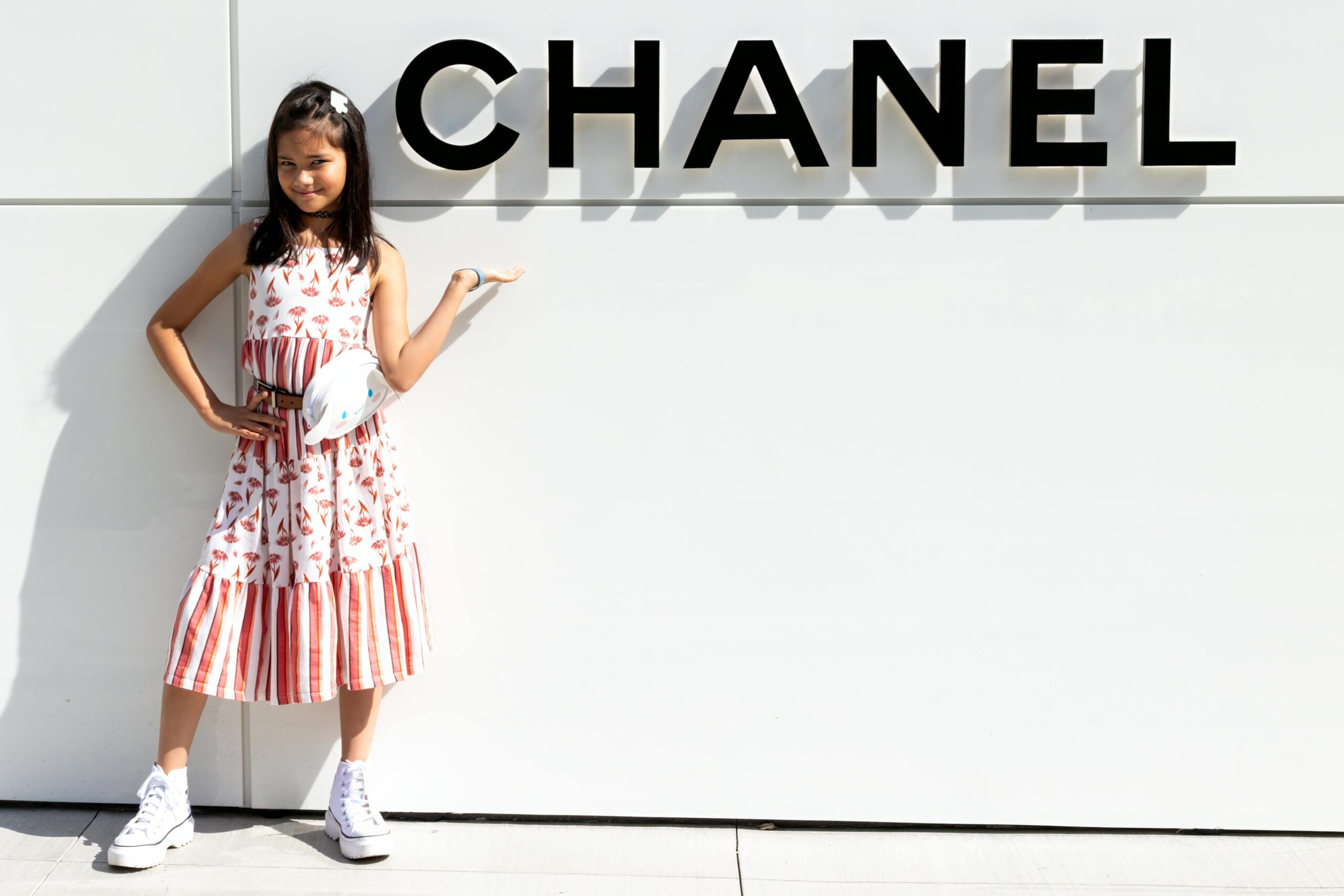Introduction
In the age of digital content, social media platforms have become fertile grounds for viral trends. Memes, challenges, dances, and catchphrases spread rapidly across platforms, engaging millions of users worldwide.
But as these trends gain traction, one question arises: Can viral social media trends be trademarked?
The answer is, it depends. Trademarking viral social media trends is possible, but it involves a complex legal process.
What is a Trademark
 A trademark is a legally registered symbol, word, phrase, or design representing a brand or product. It distinguishes goods or services from those of competitors and gives the owner exclusive rights to its use in a specific context. Trademarks can be applied to logos, brand names, taglines, and product names.
A trademark is a legally registered symbol, word, phrase, or design representing a brand or product. It distinguishes goods or services from those of competitors and gives the owner exclusive rights to its use in a specific context. Trademarks can be applied to logos, brand names, taglines, and product names.
The term, image, or design must be distinctive, non-generic, and used in commerce to qualify for trademark protection. But how does this relate to viral trends?
Trademarking Viral Social Media Trends: The Possibilities
- Catchphrases or Slogans
One of the most common ways a viral trend can potentially be trademarked is through catchphrases or slogans. If a phrase goes viral and is directly associated with a specific product or service, it could qualify for trademark protection. For example, “Got Milk?” became a widely recognized slogan that was trademarked and tied to a campaign promoting milk.
Similarly, if a phrase or slogan stemming from a viral trend becomes closely associated with a brand, it may be eligible for trademark registration. However, the phrase must not be generic or merely descriptive of the goods or services it represents. For instance, “Just Do It” (Nike) and “I’m Lovin’ It” (McDonald’s) are distinct and have strong brand associations.  Logos or Designs from Viral Trends
Logos or Designs from Viral Trends
Sometimes, a viral meme or trend may inspire a logo or design that is eligible for trademarking. If a meme or trend results in a unique logo or symbol that’s used commercially (like merchandise, branding, or advertising), it could potentially be trademarked. However, the image must be unique and used in commerce regularly.
For example, the “floss dance,” which became widely popular, was turned into merchandise and branding by its creators, allowing for potential trademark applications related to that symbol.- Hashtags and Emojis
Hashtags are another example where trademark protection may apply. Hashtags such as #BuyLocal or #ShareACoke have become closely associated with marketing campaigns and have seen trademark registrations. However, the hashtag itself must be used in connection with a product or service and must not be merely a generic term. Emojis, though commonly used in viral social media trends, are a gray area in trademark law.
Emojis are typically considered too general to trademark unless they are part of a larger brand campaign or logo (e.g., McDonald’s “Fries” emoji).
Challenges in Trademarking Viral Trends
 Lack of Distinctiveness
Lack of Distinctiveness
A significant hurdle to trademarking viral trends is the requirement for distinctiveness. Trademark law does not protect generic terms or phrases that simply describe a product or service. Most viral trends are broad and temporary, making it hard to prove they are distinct enough to merit trademark protection.- No Commercial Use
For something to be trademarked, it must be used in commerce. While a viral trend may explode on social media, it’s often not associated with any specific product or service initially. A viral trend needs to be commercialized to meet the criteria for trademarking. If no tangible goods, services, or advertising are tied to it, the trend cannot be trademarked. - First-to-Use Rule
Trademark protection is granted to the first party to use the mark in commerce. If multiple individuals or entities are involved in creating or participating in a viral trend, it can be difficult to identify who has the right to register the trademark. For instance, the “Ice Bucket Challenge” went viral as a charitable movement, but no single party could claim ownership of it, and no one trademarked the challenge. - Public Domain Issues
Viral trends often belong to the public domain, meaning anyone can use them without permission. Trying to trademark something that’s already in widespread use by others can result in opposition from other users or parties. This makes it challenging for one entity to gain exclusive rights over a trend that has already been adopted by millions.
Conclusion
Trademarking viral social media trends is certainly possible in some cases, but it’s far from guaranteed. To successfully register a trademark for a viral trend, it must meet several conditions: it needs to be distinctive, tied to a specific product or service, and used commercially. Additionally, the trend should not be too generic or descriptive, and the trademark applicant must be the first to use it in commerce.
Given these complexities, creators and brands looking to capitalize on viral trends should be prepared for a long and often complicated legal process. For those who manage to trademark a viral trend, however, it can provide valuable intellectual property protection, ensuring that the brand is recognized, defended, and monetized effectively.





